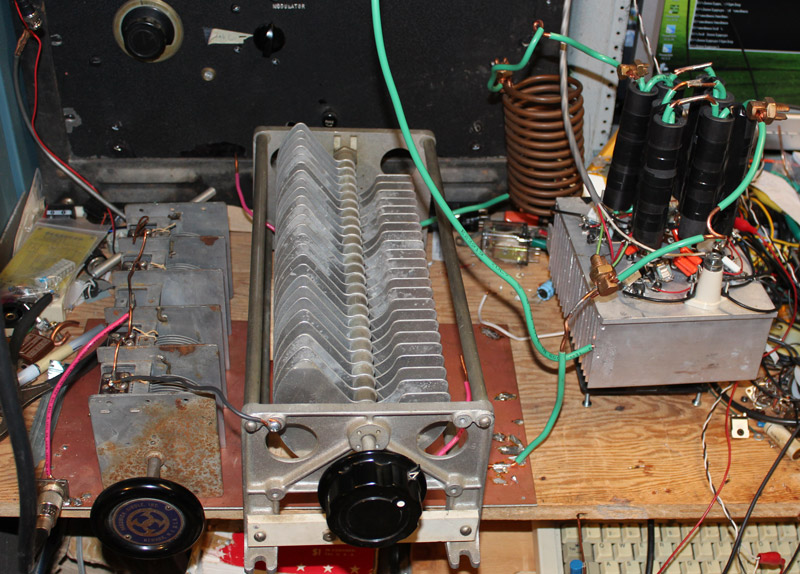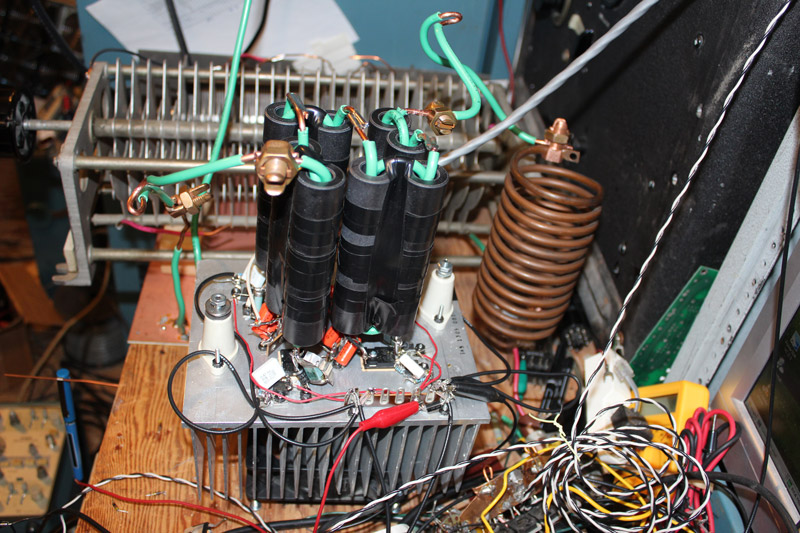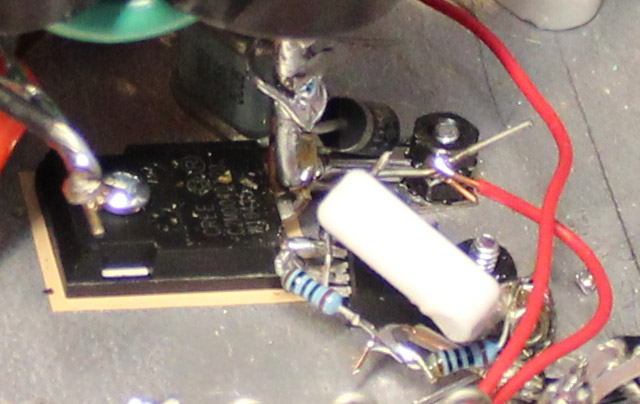So, who's gonna be the first to try some of these as RF amplifiers?
SiC MOSFET transistors are the next big thing in power-supply design. The one in the data sheet below is meant for pretty high voltages.
But the capacitances look really low, and the switching speeds pretty high.
Haven't even checked the price, yet.
Looks kinda promising.
73
SiC MOSFET transistors are the next big thing in power-supply design. The one in the data sheet below is meant for pretty high voltages.
But the capacitances look really low, and the switching speeds pretty high.
Haven't even checked the price, yet.
Looks kinda promising.
73




